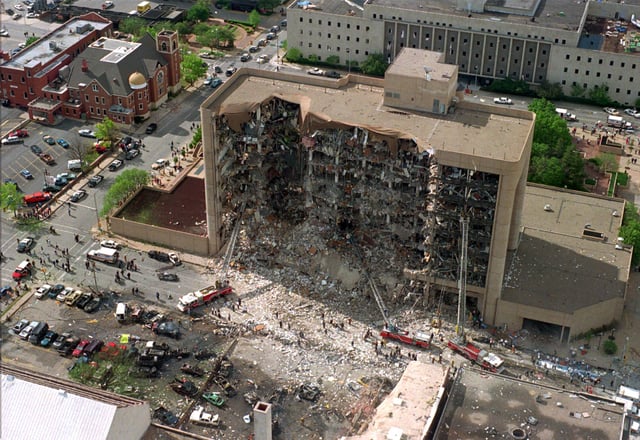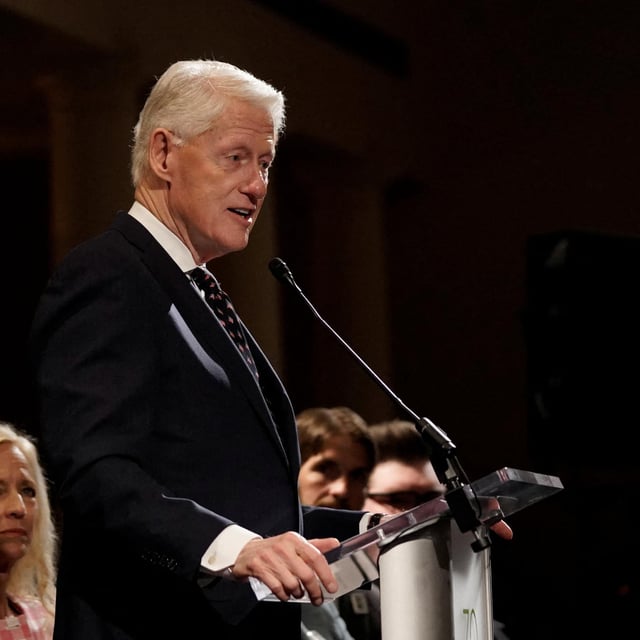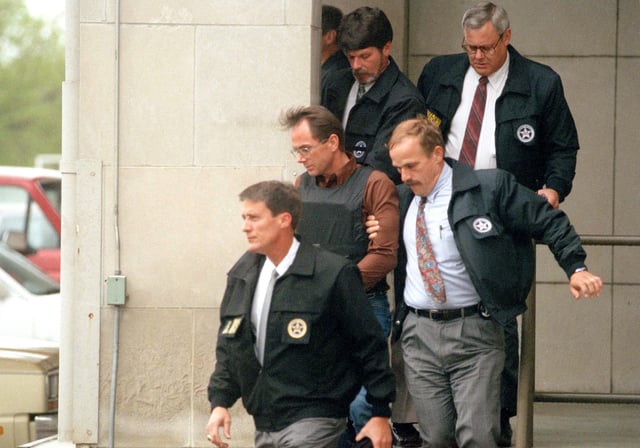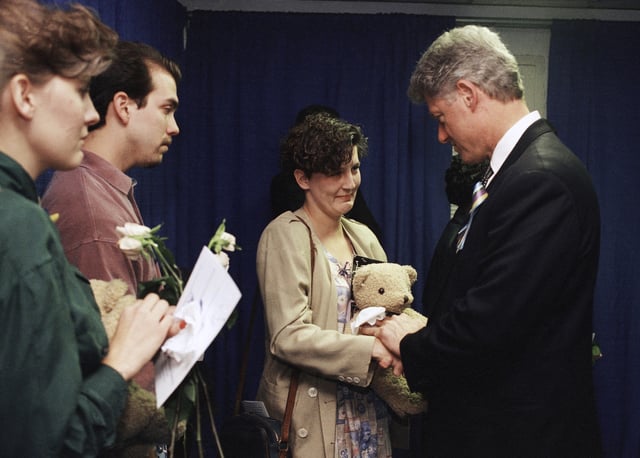Overview
- The 30th anniversary ceremony featured the reading of victims' names and a keynote by former President Bill Clinton, emphasizing the 'Oklahoma Standard' of service, honor, and kindness.
- The bombing on April 19, 1995, killed 168 people, including 19 children, and injured hundreds, marking the worst act of domestic terrorism in U.S. history.
- Netflix and NatGeo have released documentaries revisiting the tragedy, with survivor and law enforcement interviews, and reflections on ongoing domestic extremist threats.
- Timothy McVeigh, the primary perpetrator, was executed in 2001, while co-conspirator Terry Nichols is serving life without parole; both were motivated by anti-government extremism.
- The Oklahoma City National Memorial, featuring 168 empty chairs, continues to educate visitors about the dangers of political violence and the importance of community resilience.



